FDA-Authorized & Science Backed Technology
The Q-Collar is the only FDA-cleared equipment designed to help protect the brain from the effects of repetitive head impacts in sports.
As former athletes ourselves, the team at Q30 Innovations spent over 10 years developing the Q-Collar with leading neuroscientists, physicians, and engineers to ensure we were developing a solution that could better protect athletes in the sports we love.
Cleared by the FDA in February 2021 after a rigorous analysis of all research pertaining to the Q-Collar, it was proven to be both safe and effective for athletes.
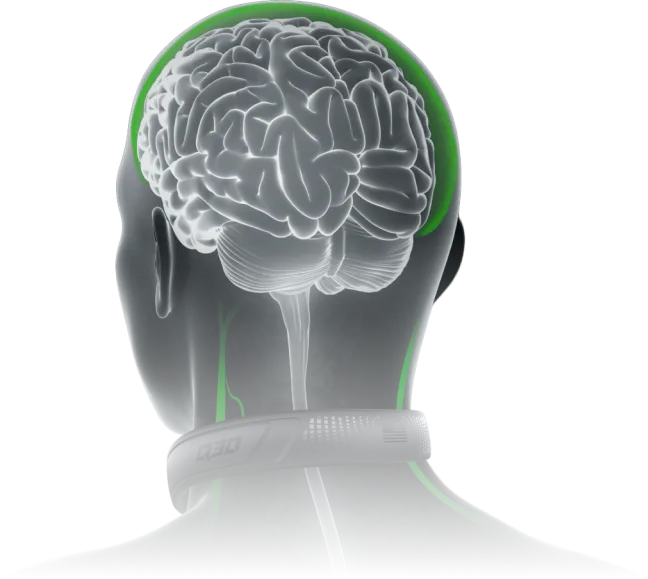
How It Works
The Q-Collar is a simple and safe device that applies light pressure to the neck. This pressure causes a partial occlusion to the jugular veins and a slight increase of blood volume inside the head and helps reduce the brain's movement upon impact, which is the primary cause of brain injury.
Similar to a seatbelt in a car, the Q-Collar helps to keep the brain more secure during impacts.
What it doesn't do:
- Does not reduce blood circulation or blood flow through the carotid arteries
- Does not negatively impact athletic performance
- Has no reported adverse events from over 45,000 active users
Backed by 10+ Years of Research and Clinical Evidence
The Q-Collar's FDA-clearance was supported by the largest neuroprotection studies in sports medicine, involving over 500 athletes.
Its safety and effectiveness is grounded in data published and reviewed by leading journals, including Neurosurgery and Journal of Neurotrauma.
Top Institutions
- Cincinnati Children's Hospital
- NorthShore University Health
- Boston Children's Hospital
- West Virginia University
- And others
Advanced Imaging On Real Athletes
The Q-Collar was proven to be safe and effective on the field, not just in the lab. Research used advanced MRI brain scans pre- and post-season to evaluate if damage occurred to the brain's white matter resulting from repetitive head impacts.
Key Finding
Athletes wearing a Q-Collar saw a 66% reduction in the likelihood of brain damage compared to the control over a season of play.
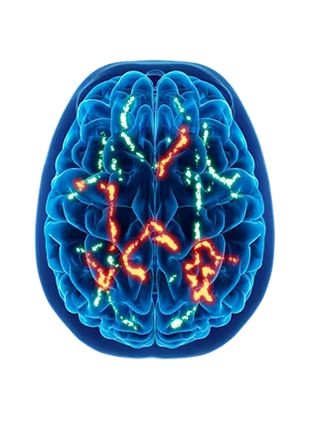
Brain changes
without Collar
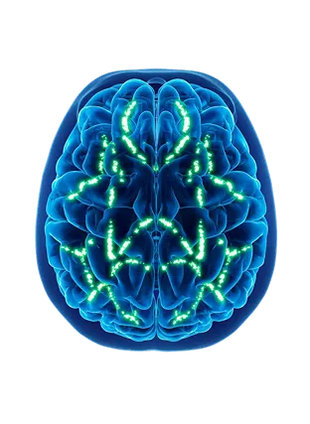
Brain changes
with Collar
No Change In Play Style or Performance
The Q-Collar has no negative impact on athletic performance, including strength, balance, blood oxygen levels, endurance, etc.
500K Impacts Measured
During clinical trials, athletes wearing a Q-Collar did not play differently. With more than 500,000 total impacts recorded and analyzed, there was no significant difference in the number and magnitude of impacts between athletes who were wearing the Collar and those who were not.
Pick your Collar
Select the right size. The sizing guide makes it simple.
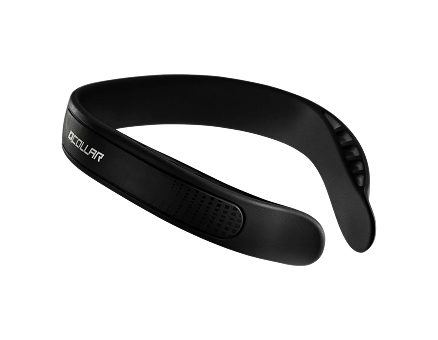
For Athletes
Q-Collar
Helps protect athletes’ brains in a way other equipment can’t.
'Recommended by our neurologist after our oldest son’s first concussion — we now require both kids to wear them'
Andrew R.
Verified buyer
Select Color
Select Size
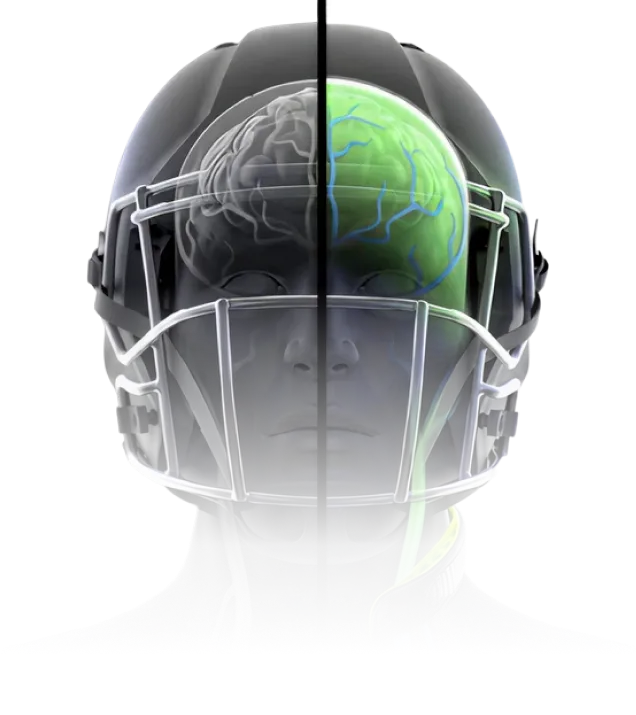
Why Helmets Aren't Enough
Helmets can reduce serious injury to the skull by preventing direct contact and spreading the force of impact over a greater surface area. But they can't limit brain movement.
The Q-Collar helps protect the brain from within, focusing on the source of serious head injuries: the brain.
Understanding Brain Slosh
When the head absorbs a hit, the brain bounces back and forth against the inside of the skull.
This rapid acceleration and deceleration of the brain – a phenomenon known as brain slosh - stretches and tears brain fibers, resulting in Traumatic Brain Injury (TBI).

What is brain slosh?
The movement of the brain inside the skull.Protect Your Future -
On and Off the Field
Even small hits to the head-like headers, jostling, or collisions - can cause brain damage over time. These are called repetitive sub-concussive impacts.
Research shows that this repeated damage can affect the brain's white matter (the deeper tissue), increasing long-term health risks such as:
- - Decreased mental sharpness
- - CTE
- - Dementia and Alzheimer’s
Wearing the Q-Collar helps reduce the risk of this type of injury and protect long-term brain health.
The Q-Collar is just another piece of equipment keeping me healthy on the field—taking care of my body and my brain. I want to be successful after lacrosse too, whether that's coaching, being a good husband, or being a good father.
Jesse Bernhardt
Pro Lacrosse Player & Coach

A Decade of Research
Leading research institutions conducted over 28 independent laboratory, clinical and wearability studies involving Olympic, professional, youth athletes, and SWAT personnel over the last ten years to evaluate the Q-Collar's effectiveness.
Jugular compression reduced damage to brain neurons and axons (key indicators of brain injury) by 83%.
Wearing the Q-Collar resulted in no significant changes in white matter in 77% of athletes wearing the Collar, while significant changes in white matter were found in 73% of athletes not wearing the Collar.
There is no statistical risk to the body from wearing the Collar (Human Performance Study) and no interference with performance, movement, and endurance. (In some cases, wearing the Collar actually enhances performance.)
Wearing the Q-Collar may reduce the risk and severity of traumatic brain injury (including reduced risk of hearing loss*) from blast waves*, in addition to collisions.




